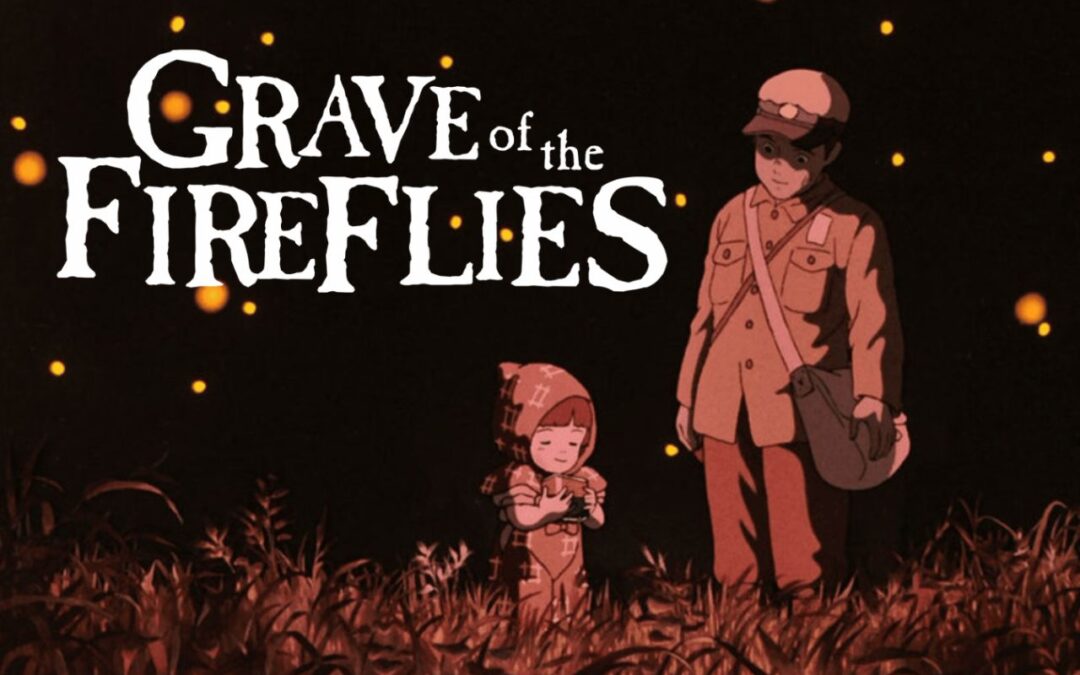“Grave of the Fireflies,” directed by Isao Takahata and produced by Studio Ghibli, is a cinematic masterpiece that touches the deepest corners of the human soul. Directed by Isao Takahata, this 1988 film is a poignant and haunting exploration of human resilience and innocence amidst the horrors of World War II.
Heartbreaking Story
It portrays a poignant tale of the reckoning of World War 2, set in Japan, told through the lens of a 14-year-old boy, Seita, and his younger sister, Setsuko. Forced into looking after his younger sister, Seita adopts full responsibility over her with little to no time to think. With no food, shelter, or means to provide, Seita turns to a reluctant aunt, who eventually pushes them both away. With nowhere else to turn, Seita and Setsuko both rely on each other to survive, taking shelter in an abandoned bunker.
Here, they share many moments of joy, but the warm glow of fireflies comforting Setsuko to sleep is one of the film’s best uses of poetry through illustration. The fireflies illuminate the night and bring comfort to Setsuko so she can finally sleep in peace.
The Emotional Part
Fireflies’ illumination often inspires a sense of hope, yet they also represent a beauty that is fleeting. The filmmakers show the fleeting sense of hope in the protagonist, symbolized by the dying firefly in the last shot. As the firefly fades, so does our hope. At its death, our protagonist’s reality makes us ponder.
In the very next scene, Setsuko buries the same fireflies that brought peace while mourning the loss of her mother. This overall sequence sparks hope but quickly returns us to the reality of their situation, which is indeed dire.
Some Extraordinary Performances (Casts)
The young actors who voice Seita and Setsuko deliver performances that are both heartbreaking and inspiring. Both the characters had equal depth in the story and made us feel the “Reflection of Our Live’s.
Cinematography and Animation
Grave of Fireflies was stunning and was quite natural, with those wide shots, aerial shots, pans, close-ups, up-tilt shots, etc. This movie was set in 1988, the advances in movie-making technology were very high. Without overshadowing the soul and heart of the movie, animation never failed to deliver the Soul of the movie.
Highly recommended for People who enjoy Historical War Drama, Ghibli Studio Art Style, and heart-wrenching tales of survival or loss. Available on Netflix with IMDb Rating 8.5/10 (Rated by 346k+ Viewers)
Written by: Nilesh Shiv

